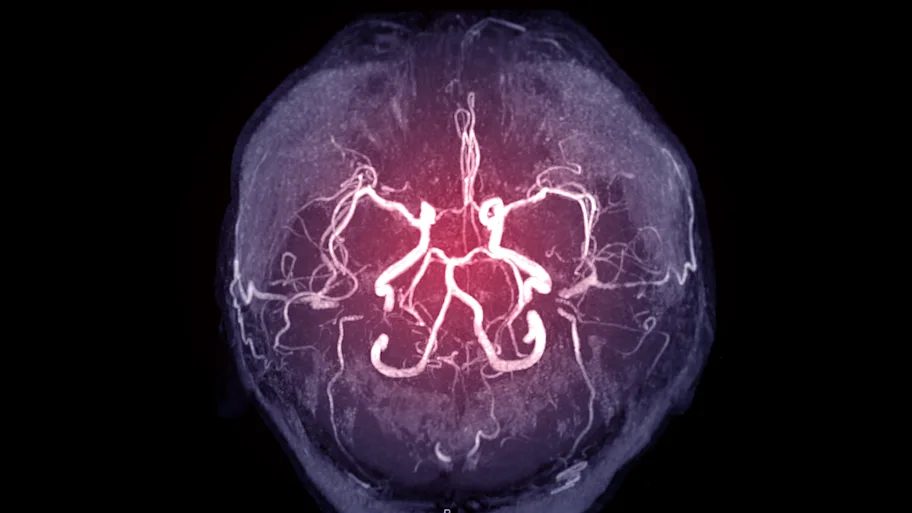
- Science News
- Neuroscience
- Teach yourself everyday happiness with imagery training
Teach yourself everyday happiness with imagery training

Image by Shutterstock
Our emotions are often affected by images and visual memories. What if we could train our own brains to use imagery and effect our emotional state?
— By Alice Rolandini Jensen
In a recently published paper in Frontiers in Human Neuroscience, scientists at the Smartbrain Clinic in Oslo, Norway find that self-guided positive imagery training can successfully combat negative emotions in our daily lives. This tool is so powerful that it also changes the way our brain functions.
Flashbacks of scenes from traumatic events often haunt those suffering from psychiatric conditions, such as Post Traumatic Stress Disorder (PTSD). “The close relationship between the human imagery system and our emotions can cause deep emotional perturbations”, says Dr Svetla Velikova of Smartbrain in Norway. “Imagery techniques are often used in cognitive psychotherapy to help patients modify disturbing mental images and overcome negative emotions.” Velikova and her team set out to see if such techniques could become self-guided and developed at home, away from the therapist’s chair.
Healthy people are also emotionally effected by what we see and the images we remember. Velikova explains, “If we visually remember an image from an unpleasant interaction with our boss, this can cause an increased level of anxiety about our work and demotivation.” There is great interest in ways to combat such everyday negative emotional responses through imagery training. But she warns, “this is a challenging task and requires a flexible approach. Each day we face different problems and a therapist teaches us how to identify topics and strategies for imagery exercises.”
To find out if we can train ourselves to use imagery techniques and optimize our emotional state, Velikova and co-workers turned to 30 healthy volunteers. During a two-day workshop the volunteers learnt a series of imagery techniques. They learnt how to cope with negative emotions from past events through imagery transformation, how to use positive imagery for future events or goals, and techniques to improve social interactions and enhance their emotional balance in daily life. They then spent the next 12 weeks training themselves at home for 15-20 minutes a day, before attending another similar two-day workshop.
Velikova compared the results of participant psychological assessment and brain activity, or electroencephalographic (EEG), measurement, before and after the experiment. “The psychological testing showed that depressive symptoms were less prominent. The number of those with subthreshold depression, expressing depressive symptoms but not meeting the criteria for depression, was halved. Overall, volunteers were more satisfied with life and perceived themselves as more efficient, she explains.
Following analysis, the EEG data showed significant changes in the beta activity in the right medial prefrontal cortex of the brain. Velikova notes that this region is known to be involved in imaging pleasant emotions and contributing to the degree of satisfaction with life. There were also changes in the functional connectivity of the brain, including increased connectivity between the temporal regions from both hemispheres, which Velikova attributes to enhanced coordination of networks linked to processing of images. She concludes, “this combination of EEG findings also suggests a possible increase in the activity of GABA (gamma -aminobutyric acid), well known for its anti-anxiety and antidepressant properties.”
Velikova and co-workers’ results indicate that self-guided emotional imagery training has great potential to improve the everyday emotional wellbeing in healthy people. The team is now further exploring how the approach affects the cognitive function of healthy people. With minimal professional intervention, this technique could be developed to be a cost-effective aid for those with subthreshold depression. It could also be promoted by businesses to help improve workforce morale and drive up productivity.






